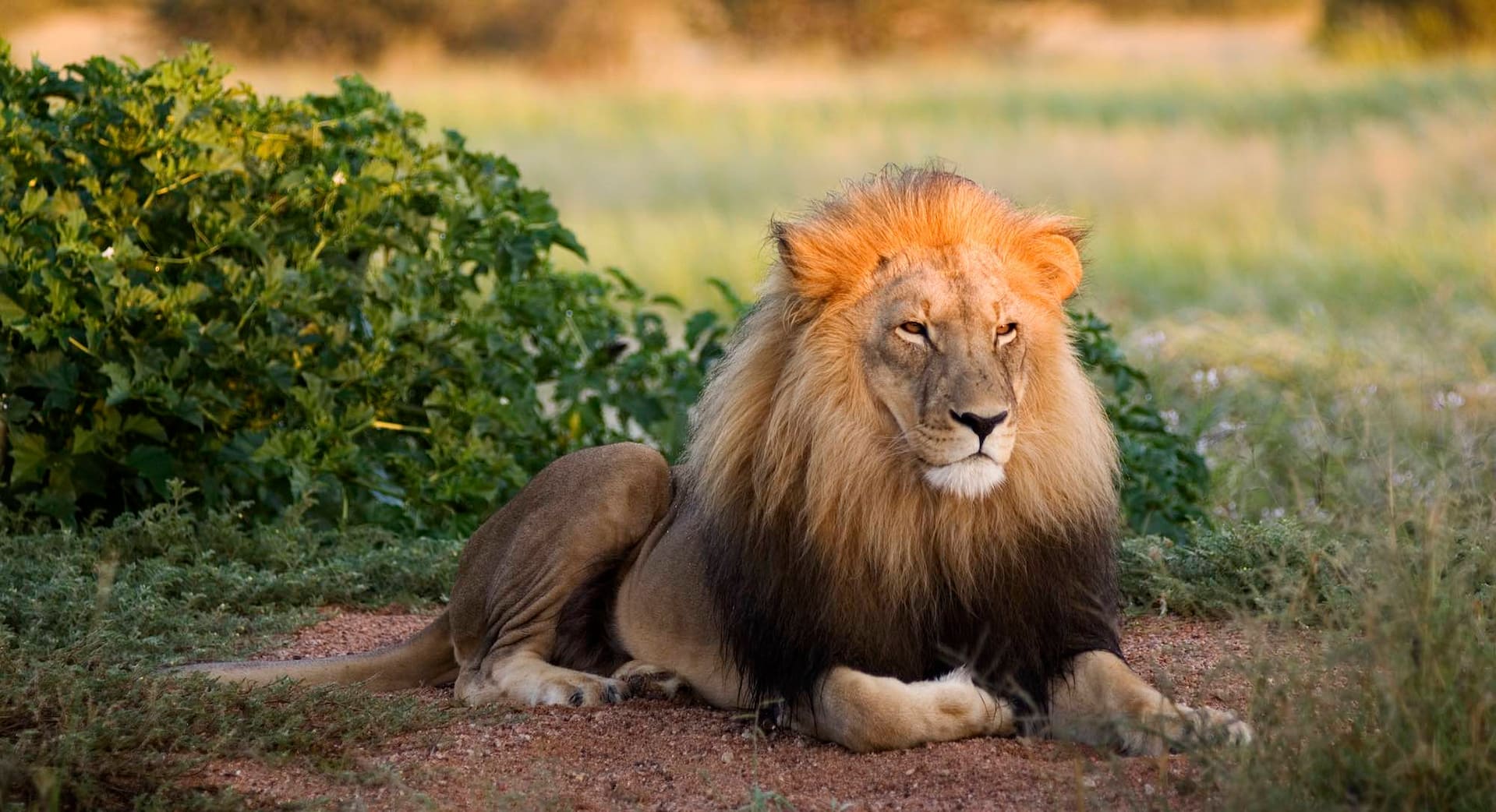Community-Based Natural Resource Management:
Conserving biodiversity
Maintaining habitat, protecting species
Managing natural resources is at the heart of the CBNRM concept. Indigenous peoples and local communities have long-established traditions relating to their resources that prevents over-exploitation and includes respect for wild animals. Modern CBNRM programmes support the rights of these communities to use their resources sustainably while linking them to international markets and associated job opportunities. These resources include plants, fish and land animals.
Wildlife-based land uses
While indigenous plants and animals have traditional uses that support livelihoods, provide food and shelter, local communities can expand the use of their resources by linking with international markets. These include reaching agreements with tour operators that run lodges or camps, allowing hunting outfitters to hunt some animal species in return for meat and income, and harvesting plants that have internationally recognised medicinal or cosmetic uses. Besides the revenue generated by community-based organisations (CBOs) through these uses, jobs and entrepreneurial opportunities are created for community members due to the presence of these industries.
Boots on the ground: Community Rangers
CBOs in Southern Africa are not just passive beneficiaries of the proceeds from using natural resources. They are actively involved in monitoring wildlife numbers, reducing human-wildlife conflict, combatting wildlife crime and ensuring that land set aside for wildlife is not encroached. To carry out these activities, the community organisations employ community rangers (also called village scouts or game guards) who are well respected within their communities and have a detailed knowledge of their land and resources.
Combatting wildlife crime
Where local communities have genuine ownership over their natural resources, they are incentivised to protect it against commercial poachers and illegal harvesters. These resources are regarded by communities as belonging to them and to their children, and must therefore be defended against over-exploitation. While the community rangers play a key role preventing wildlife crime through patrols, ordinary community members are encouraged to report suspicious activities to the rangers.
Mitigating human-wildlife conflict
Living near dangerous wildlife species is one of the greatest challenges for communities in rural Africa. Large carnivores like lions, spotted hyaenas, leopards and others frequently kill livestock, sometimes in large numbers. Large herbivores like elephants, buffalo and hippo can destroy crop fields and gardens. All of these pose a threat to human life and children are especially vulnerable to attacks. CBOs monitor conflict situations and assist their members either financially or with technical support to prevent or respond to conflict incidents.
